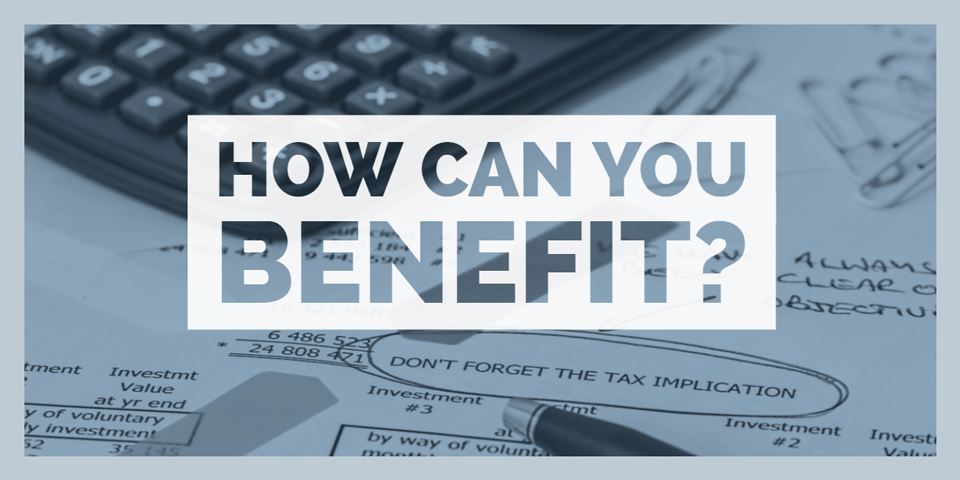
While the gyrations in the equities markets stole the headlines in the first quarter, the new Tax Cut and Jobs Act legislation passed last December is still the biggest game changer for American businesses for 2018. The legislation makes major changes to the tax code that impact both individual taxpayers and virtually every business in the country. In fact, some 80% of the tax relief contemplated in the new bill, is directed at businesses of all sizes and structures. The corporate tax rates for typical C Corporations has been lowered to 21% from 35%, while pass-through entities, which make up the majority of small businesses around the country, will be able to deduct 20% of their qualified income, with the balance taxed at reduced ordinary marginal rates that top out at 37% versus 39.6% under the old law. It is important to note that some businesses, including law firms, doctors, accountants and other service-based industries may not receive the same benefits of the new provisions depending on their level of income.
The new law should give the commercial real estate industry a boost, as well. The deductibility of mortgage interest and property taxes for commercial property remains intact, but newly acquired commercial properties will be subject to a minor change in economic life from 39 years to 40 years to keep the interest deduction. IRC 1031 exchange rules for real property were left untouched.
Perhaps the biggest advantage to commercial real estate owners and tenants comes in the form of new provisions to accelerate the expensing of the new category known as qualified improvement property, which includes non-structural improvements or modifications made pursuant to a lease. The 15-year economic life assigned to the new category qualifies these expenditures for immediate 100% bonus depreciation in the year the improvements are placed into service rather than being depreciated along with the rest of the structure. Thus, a building owner set up as a pass-through entity such as an LLC would be eligible to immediately expense the entire cost of improving his or her property to secure a new lease with a tenant. For example: a $100,000 improvement cost could net a current-year tax savings to the owner of up to $29,600 ($100,000 less 20% times 37%). If the tenant pays for the same improvements, it could also write the entire cost off in the first year and would not be subject to recapture taxes if the improvements stay with the property when the lease expires. Either way, it should certainly help bridge the gap in lease negotiations going forward.
For owners of properties with deferred maintenance items, the law provides an additional benefit. Another new category called ‘qualified real property’ allows for the immediate expensing of certain building components including the roof, HVAC system, security systems and fire/life-safety equipment pursuant to changes in Section 179 of the tax code. Given the advanced age of most of the industrial and office inventory, this is a rule that we believe will be taken full advantage of.
This all comes in addition to more generous expensing rules for the purchase of capital equipment, which could significantly mitigate the cost of expansion and stimulate more lease and sale activity. Virtually all equipment purchases, new or used, that would otherwise be depreciated over a useful life of 15 years or less are eligible for immediate 100% bonus depreciation or expensing through the expanded Section 179 rules.
The IRS is already busy writing the specific rules detailing the implementation of the law’s many provisions. As we are not tax specialists, the foregoing is meant as a general overview. We highly recommend that you schedule some serious time with your tax advisors to determine how you can apply the law to your fullest advantage. We will pass along what we learn when we learn it, but your situation is unique and you owe to yourself to be fully informed.

